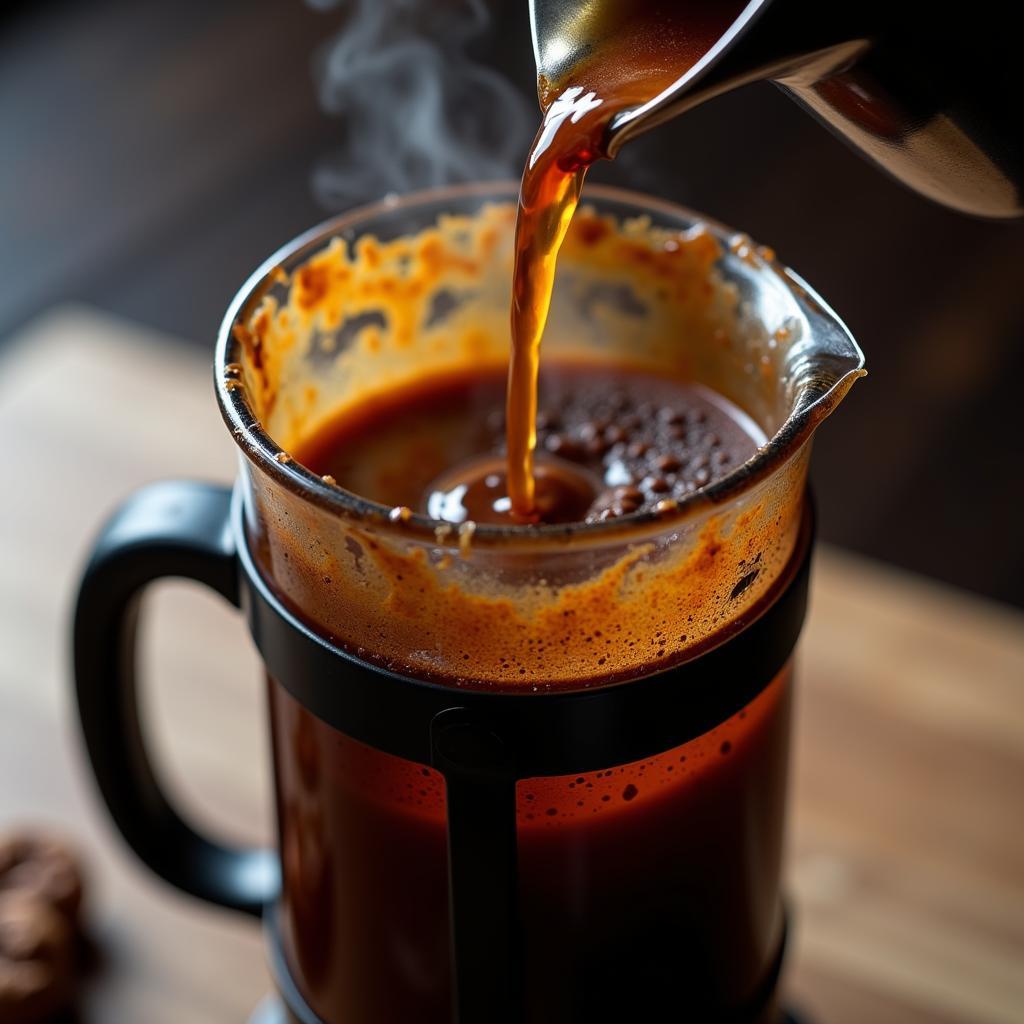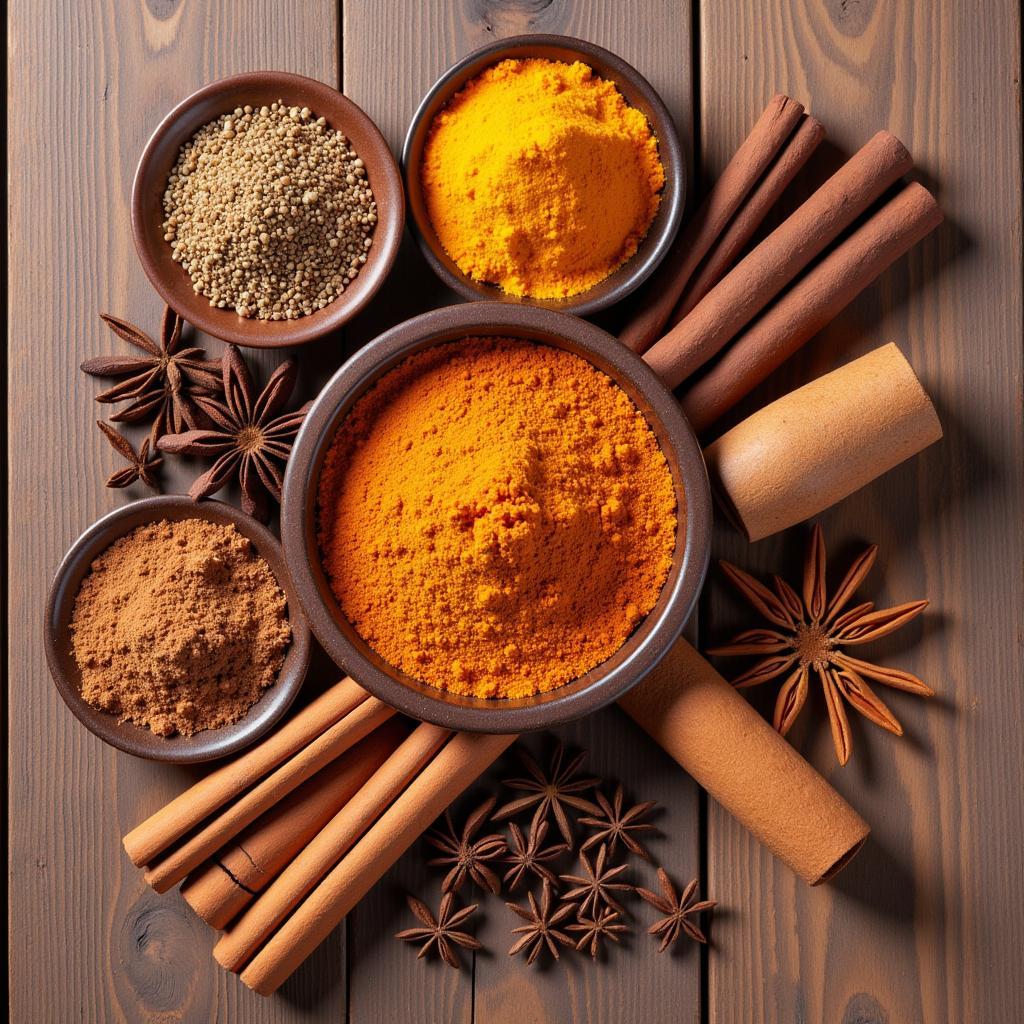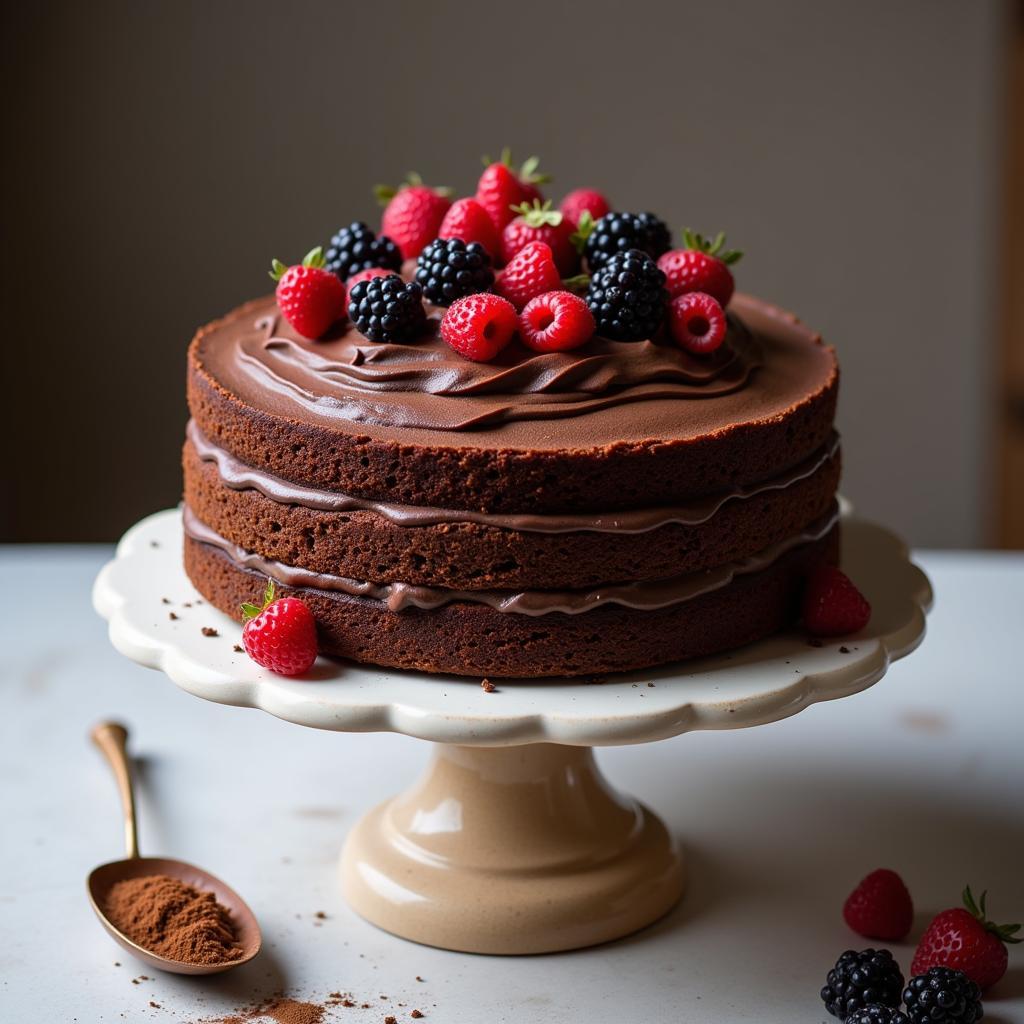Natural Brown Food Coloring is a kitchen staple for those wanting to achieve rich, earthy hues in their culinary creations. From baked goods to savory dishes, this versatile coloring agent opens up a world of possibilities, allowing you to ditch the artificial colors and embrace a more natural approach to cooking.
Why Choose Natural Brown Food Coloring?
In a world increasingly conscious of what we consume, natural food coloring options are gaining popularity. Natural brown food coloring, in particular, offers a range of benefits:
- Healthier Choice: Unlike synthetic brown dyes that may contain petroleum-based ingredients, natural alternatives are derived from fruits, vegetables, and plants, making them a healthier option for you and your family.
- Allergen-Friendly: Many commercial brown food colorings contain common allergens such as soy and wheat. Natural brown coloring offers a safe alternative for those with sensitivities.
- Earthy, Authentic Flavors: Beyond just color, natural ingredients impart subtle, complementary flavors to your dishes, enhancing the overall taste experience.
Creating Your Own Natural Brown Food Coloring
The beauty of natural brown food coloring lies in its simplicity. You can easily create your own unique blends at home using readily available ingredients.
1. Cocoa Powder: A Chocolatey Hue
Unsweetened cocoa powder is a pantry staple that doubles as a fantastic natural brown food coloring.
- How to Use: Start by adding small amounts of cocoa powder to your recipe, gradually increasing until you achieve the desired shade.
- Best For: Frostings, cakes, cookies, and even savory sauces where a hint of chocolate flavor is welcome.
2. Coffee: A Bold and Earthy Tone
Brewed coffee, particularly espresso, lends a deep, rich brown color to your culinary creations.
- How to Use: Reduce brewed coffee over low heat to create a concentrated liquid coloring agent.
- Best For: Dark breads, chocolate cakes, and glazes where a robust coffee flavor complements the overall taste profile.
 Brewing Coffee for Natural Food Coloring
Brewing Coffee for Natural Food Coloring
3. Spices: Warmth and Depth of Color
Spices like cinnamon, nutmeg, and cloves not only add warmth and depth to your dishes but also contribute to a beautiful brown hue.
- How to Use: Incorporate spices directly into your recipes or create a concentrated spice extract by simmering them in water.
- Best For: Fall-inspired desserts, spice cakes, and even savory dishes like stews and curries.
4. Caramelized Sugar: A Bittersweet Delight
Caramelized sugar offers a beautiful amber-brown color and a unique bittersweet flavor.
- How to Use: Carefully caramelize sugar until it reaches the desired color and then deglaze the pan with water to create a liquid coloring.
- Best For: Desserts like crème brûlée, flan, and even savory dishes like caramelized onions.
 Spices for Natural Brown Food Coloring
Spices for Natural Brown Food Coloring
Tips for Success
- Start Small: When using natural brown food coloring, start with a small amount and gradually add more until you achieve the desired color.
- Adjust for Intensity: Different ingredients have varying levels of pigmentation. For example, espresso will create a much darker brown than cocoa powder.
- Flavor Pairing: Consider the flavor profile of your chosen ingredient and ensure it complements the overall taste of your dish.
- Experiment! Don’t be afraid to try different combinations and ratios to create your own signature shades of brown.
Natural Brown Food Coloring: A World of Delicious Possibilities
From warm browns to deep, rich hues, natural food coloring allows you to create visually stunning and delicious dishes. So, ditch the artificial colors and explore the world of natural coloring agents – your taste buds (and your health) will thank you!
FAQ
1. Can I use beetroot powder for brown food coloring?
While beetroot powder is fantastic for pinks and reds, it’s not ideal for achieving brown tones. It may result in an undesirable purplish hue.
2. Will using coffee make my cake taste like coffee?
Using a small amount of brewed coffee as a coloring agent will not overpower your cake with a coffee flavor. The flavor will be subtle and complementary. If you’re concerned, start with a less potent brew like regular coffee instead of espresso.
3. Can I mix different natural brown food colorings?
Absolutely! Feel free to experiment with different combinations to create your desired shade and flavor profile. For example, try combining cocoa powder with a touch of cinnamon for a warm, chocolatey brown.
 Chocolate Cake with Natural Brown Food Coloring
Chocolate Cake with Natural Brown Food Coloring
4. How do I store homemade natural food coloring?
Store any leftover concentrated liquid coloring in an airtight container in the refrigerator for up to a week.
5. Where can I find natural food coloring ingredients?
Most grocery stores carry a variety of natural food coloring options. Look for unsweetened cocoa powder, spices, and high-quality coffee.
Need More Information on Food Coloring?
- Explore our comprehensive color mixing chart food coloring for endless color possibilities.
- Discover the vibrancy of maroon food coloring and its uses in baking.
Let us know if you have any further questions. Contact our customer service hotline at 02437655121, email us at minacones@gmail.com, or visit us at 3PGH+8R9, ĐT70A, thôn Trung, Bắc Từ Liêm, Hà Nội, Việt Nam. We are available 24/7 to assist you.